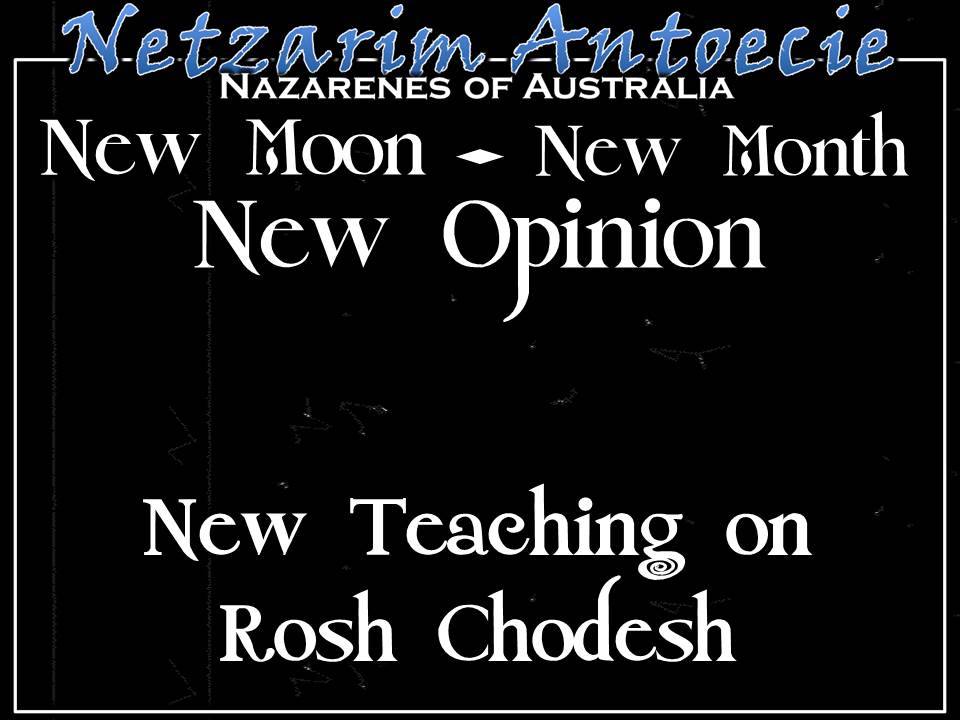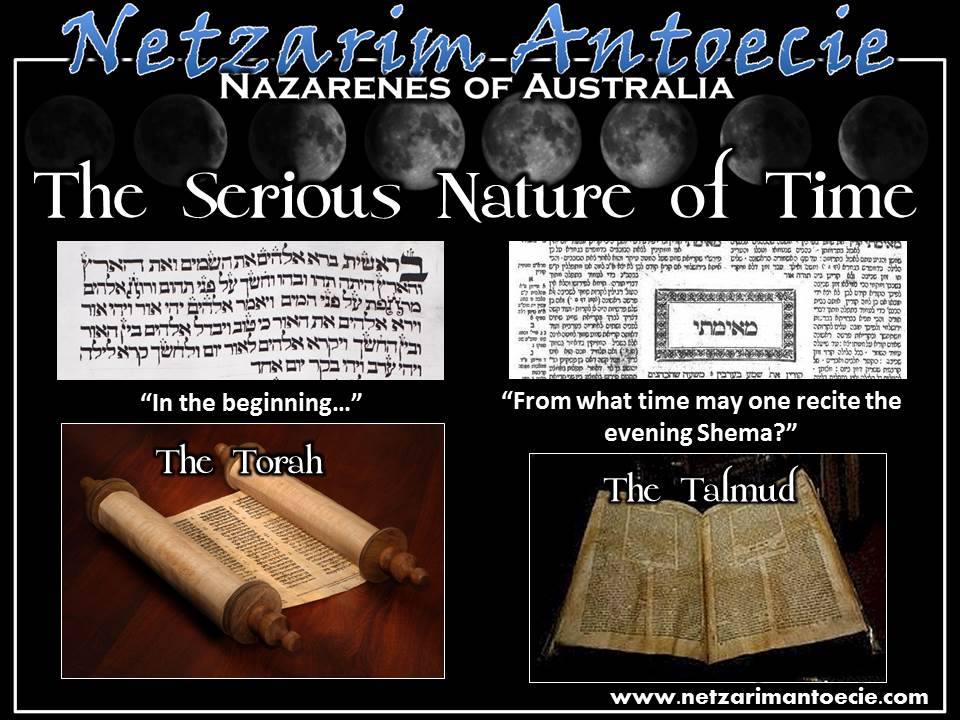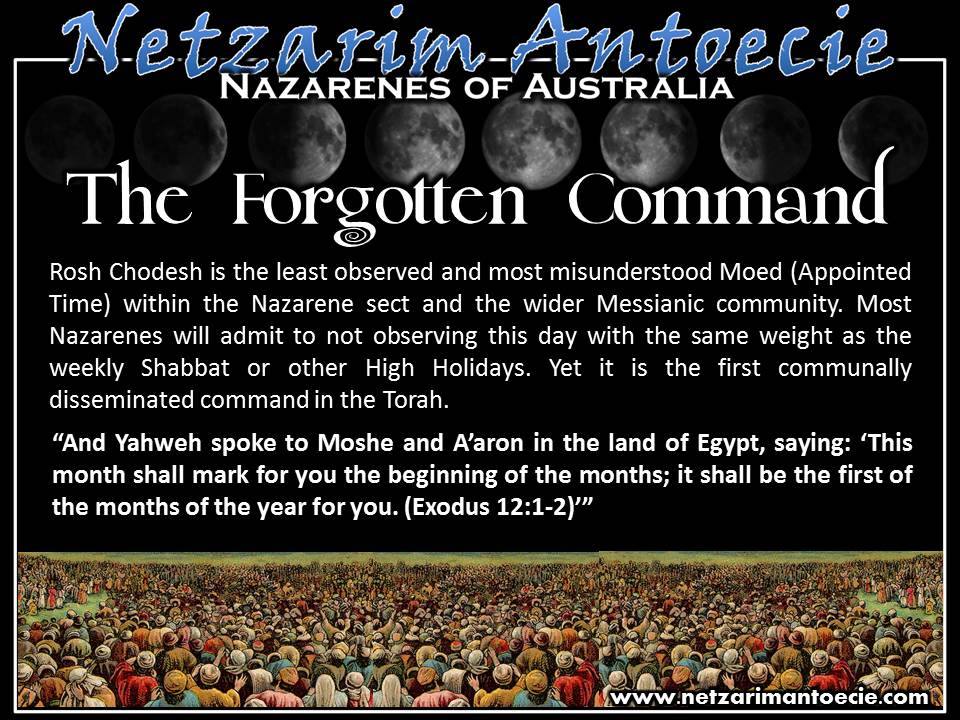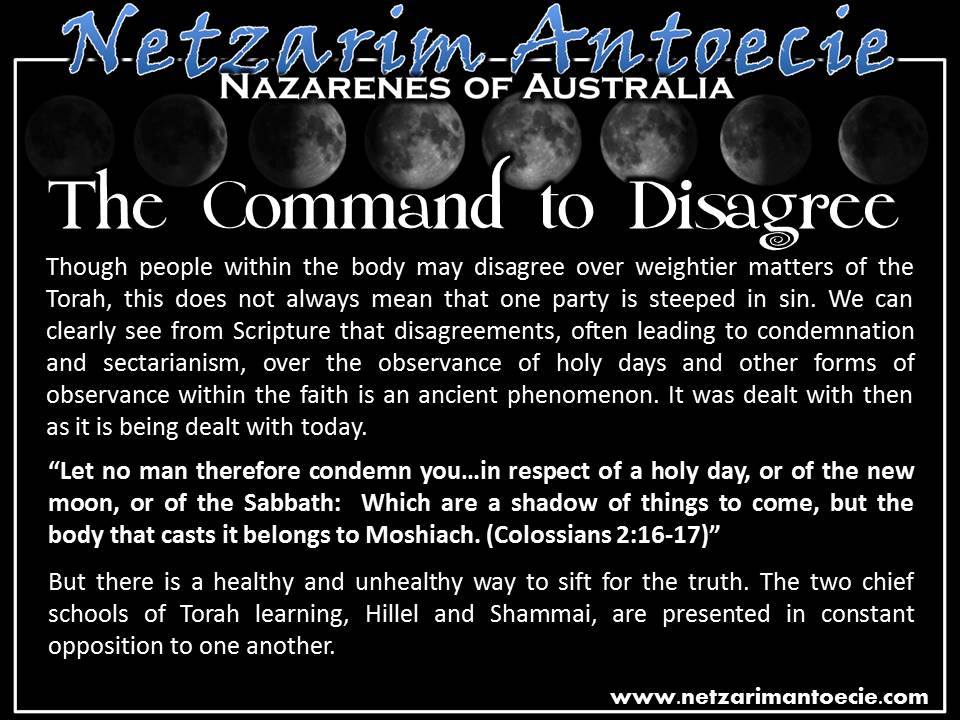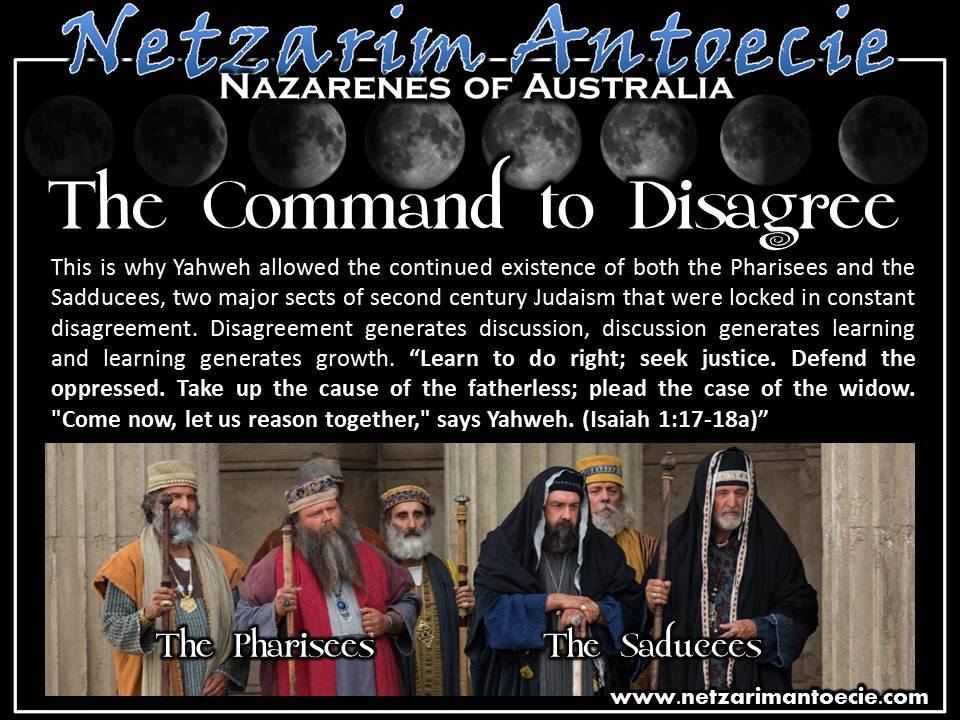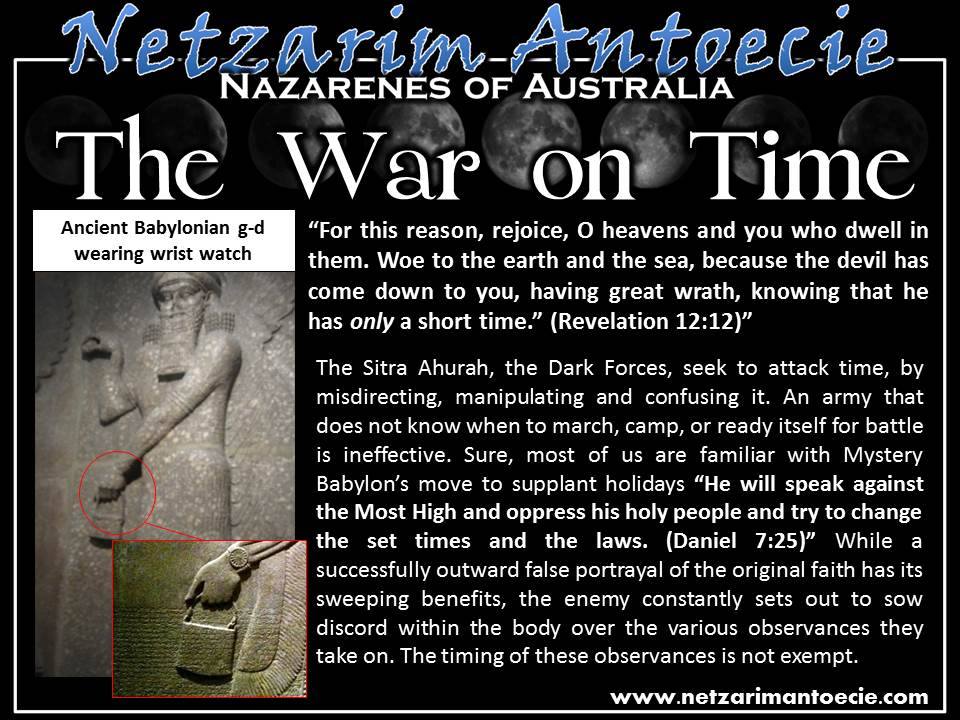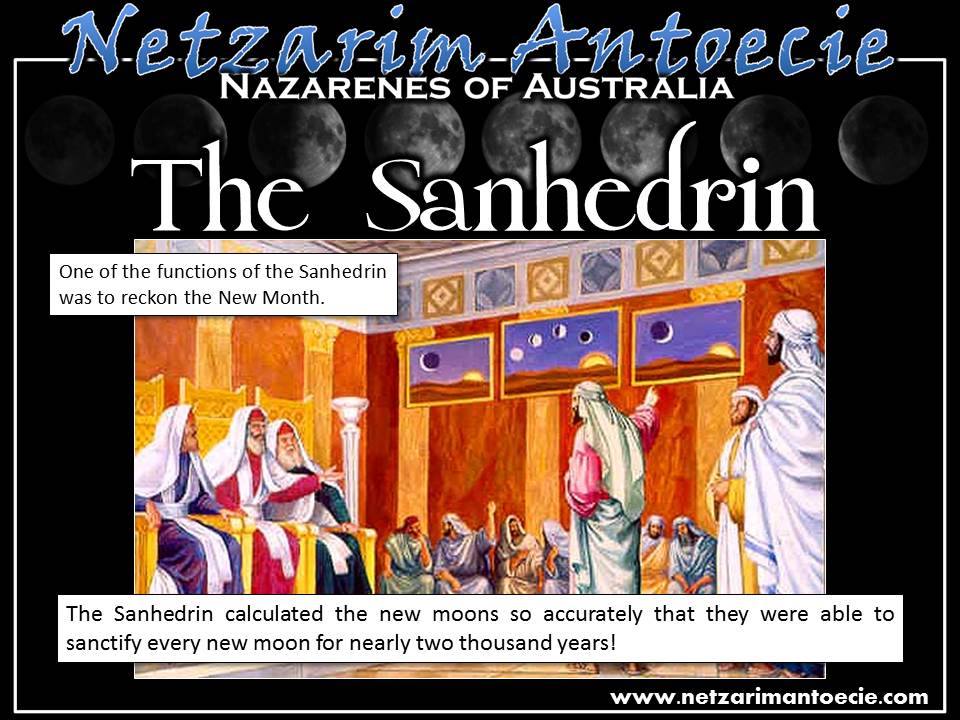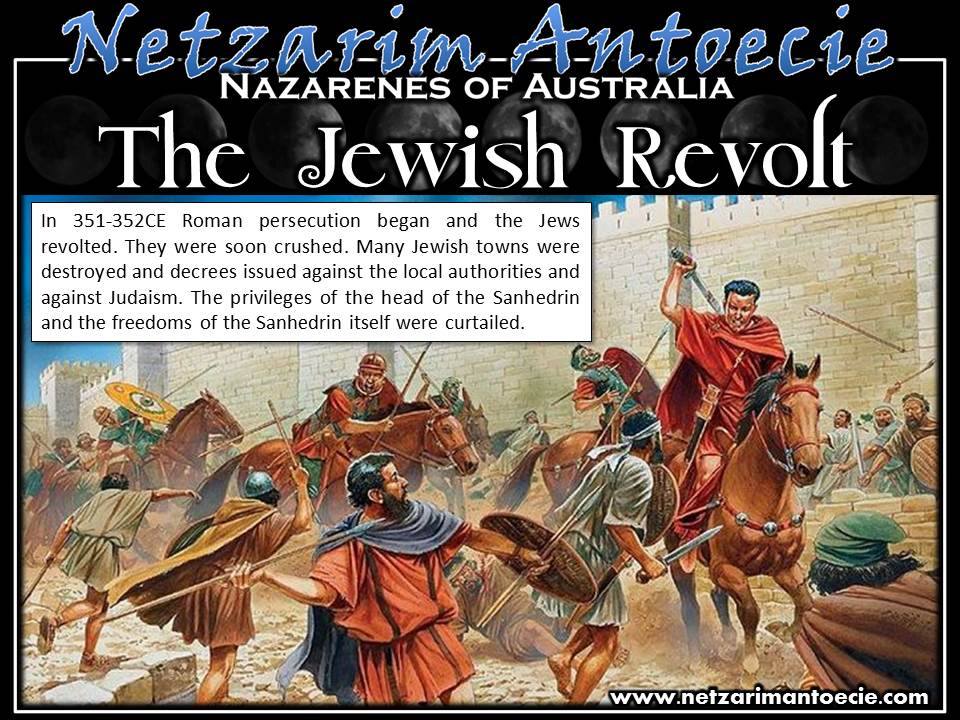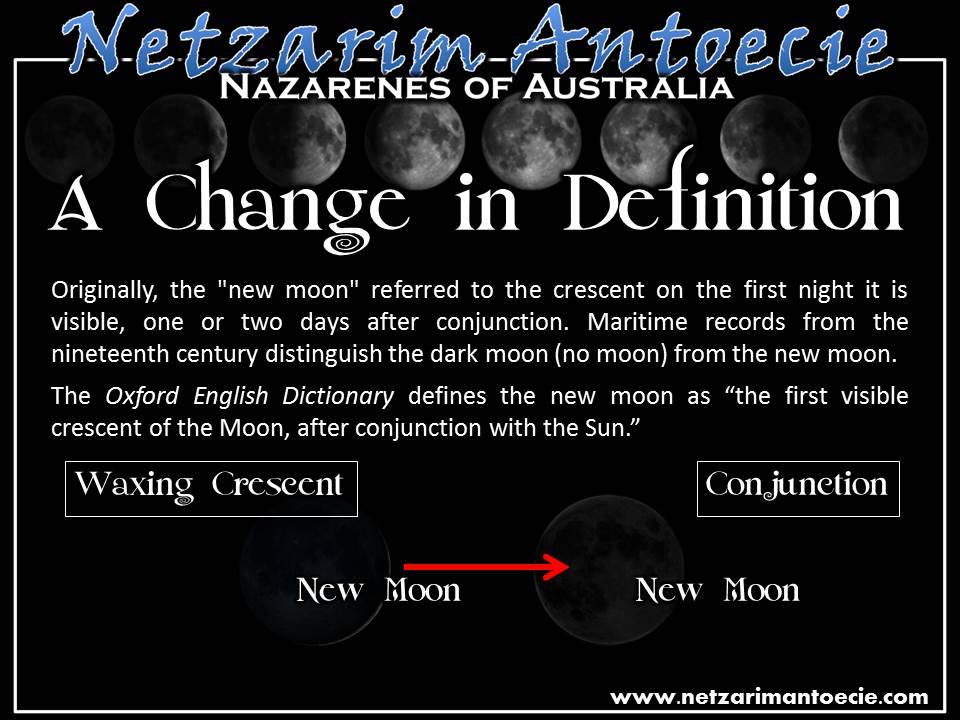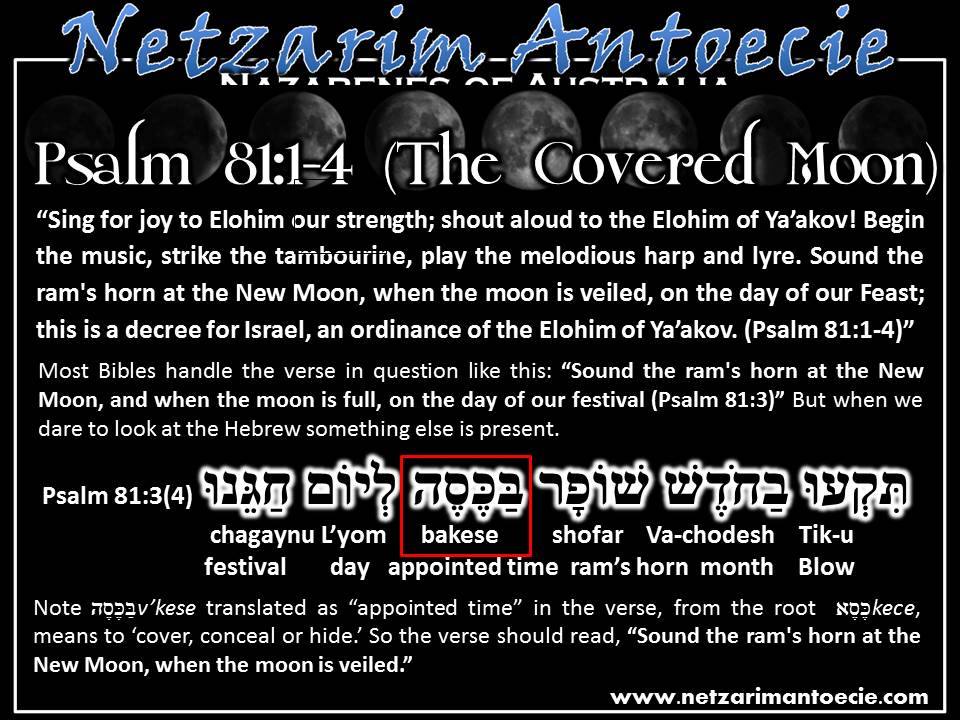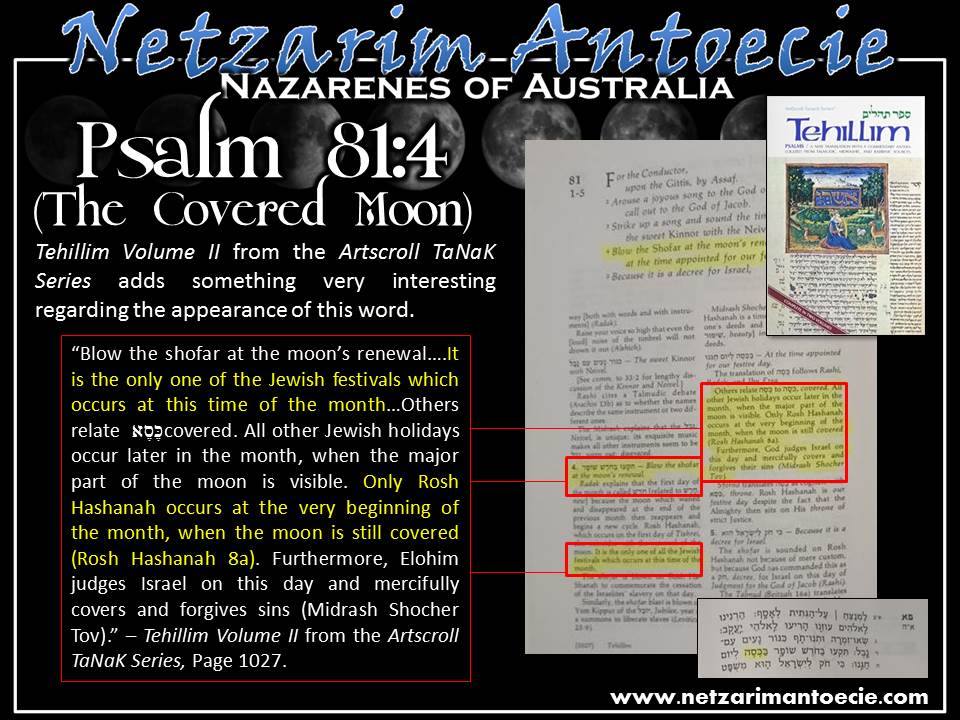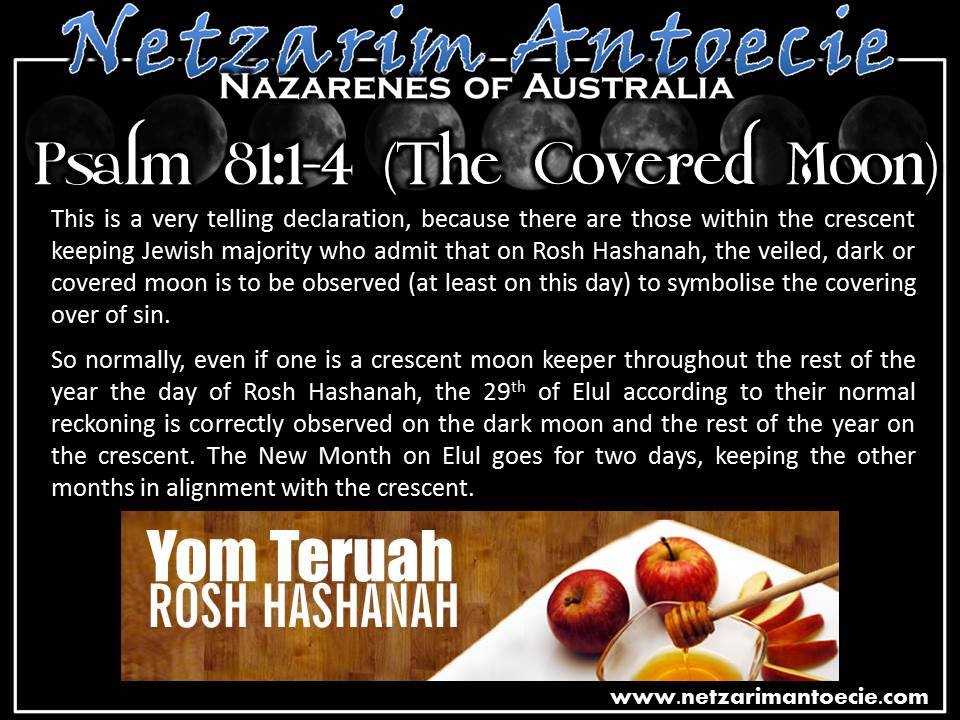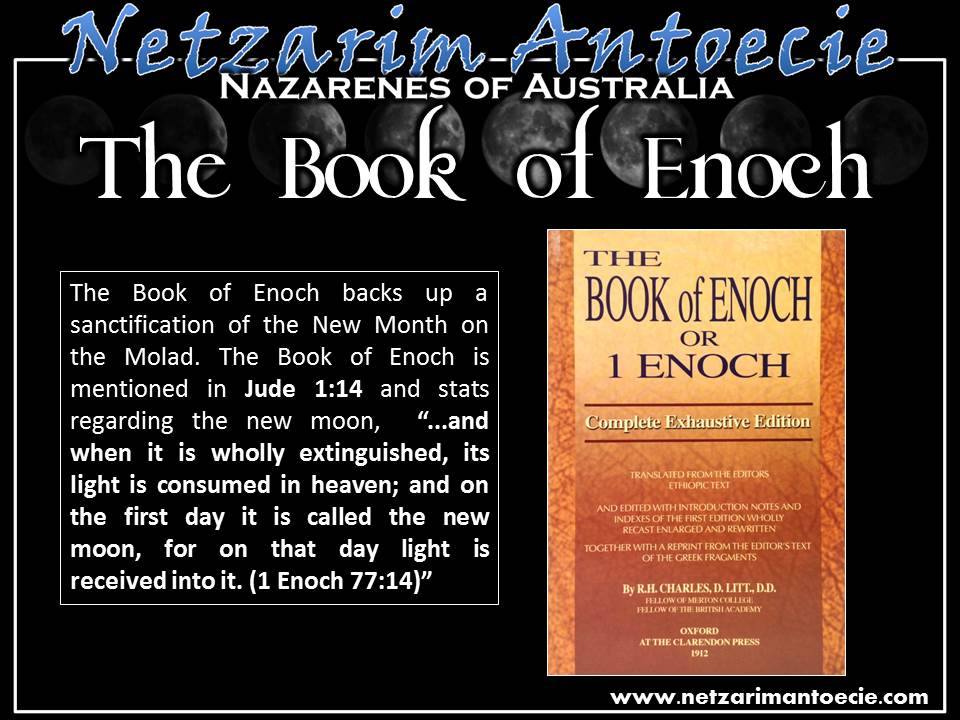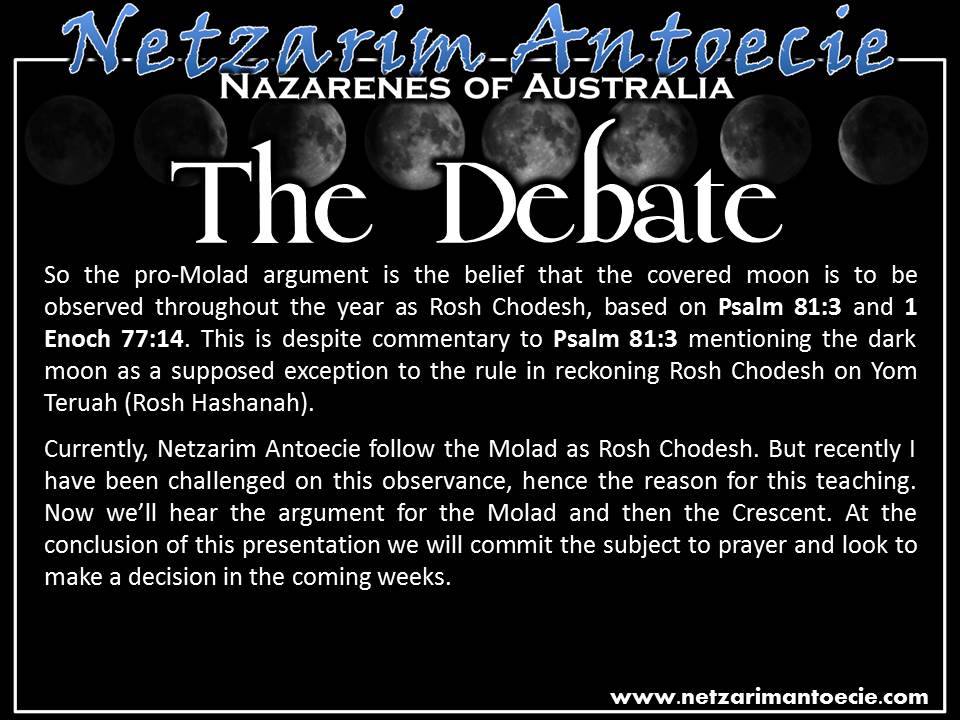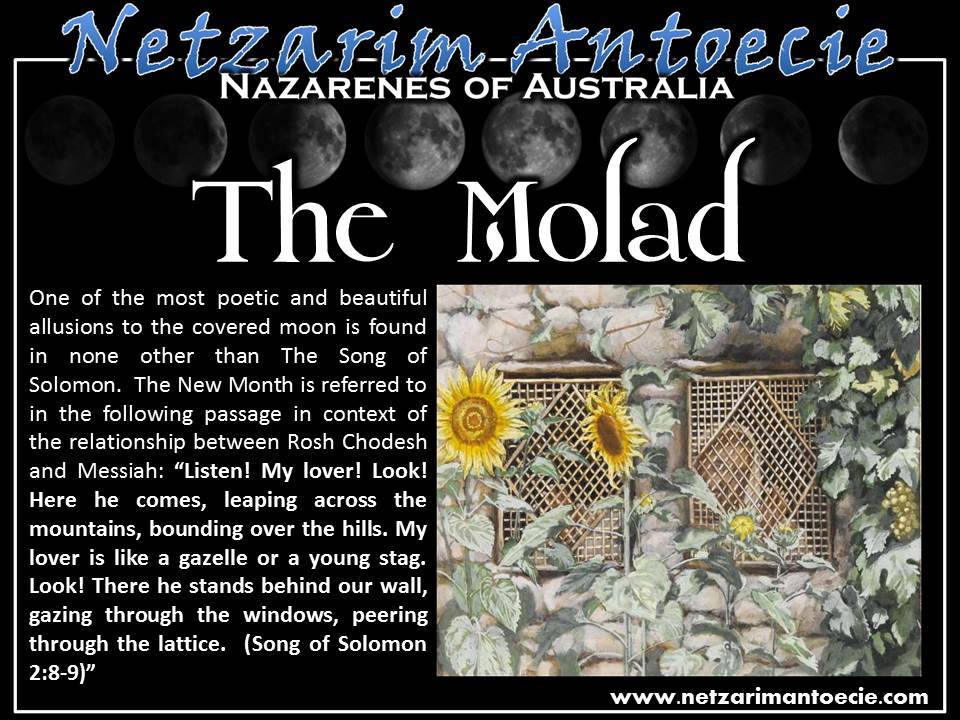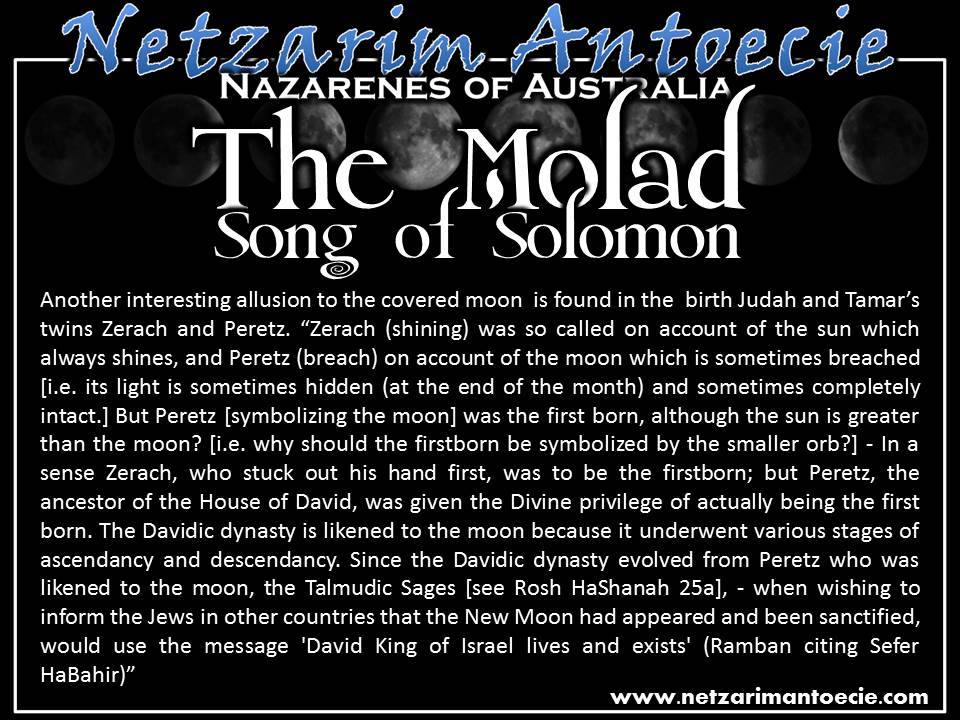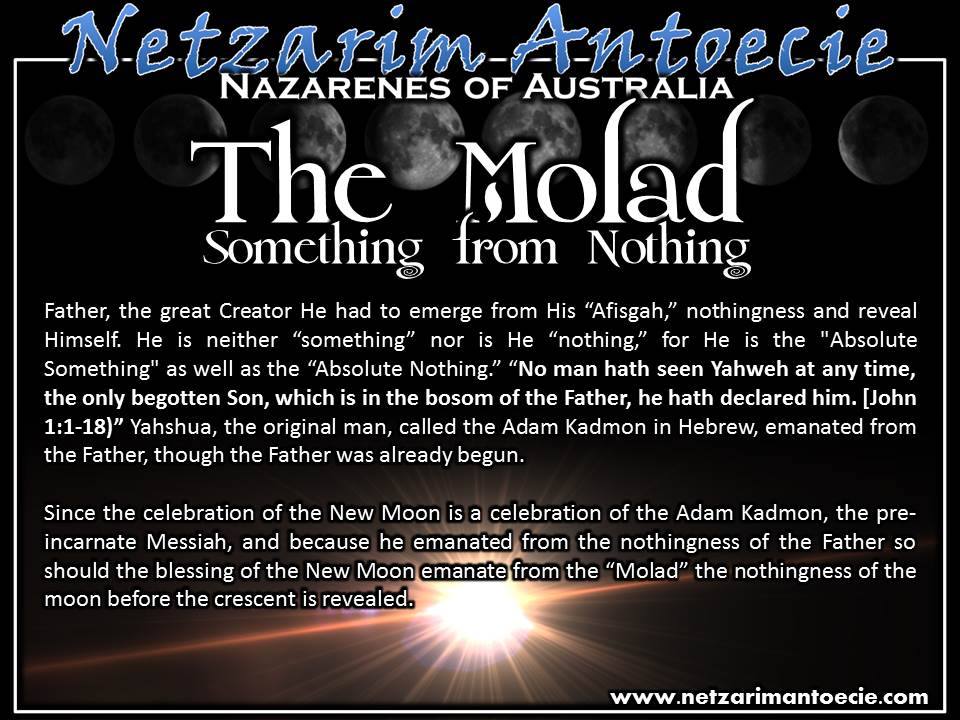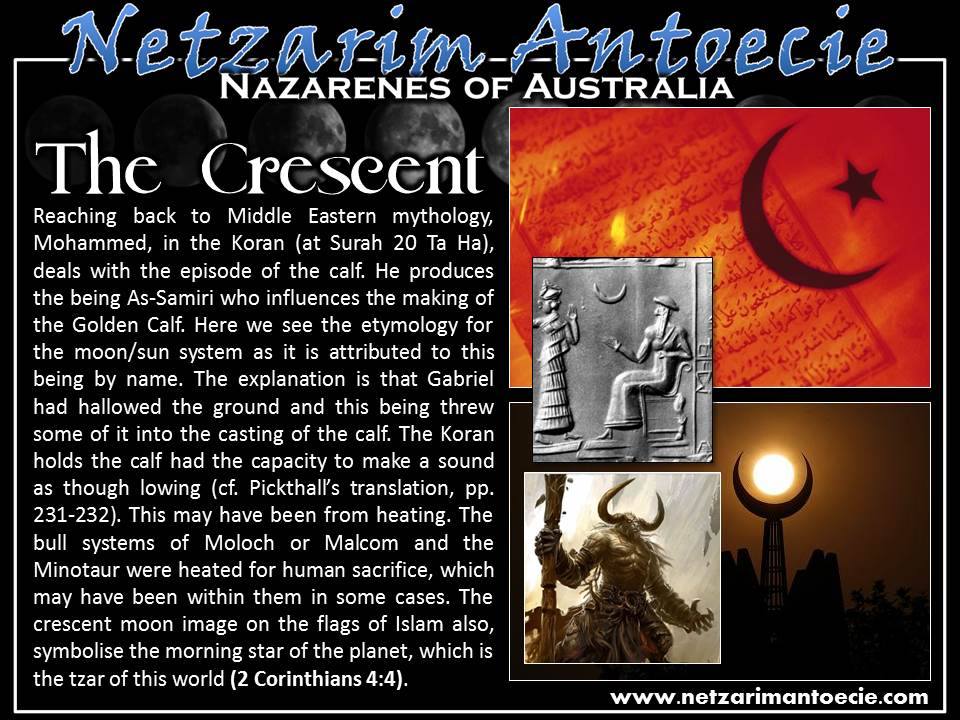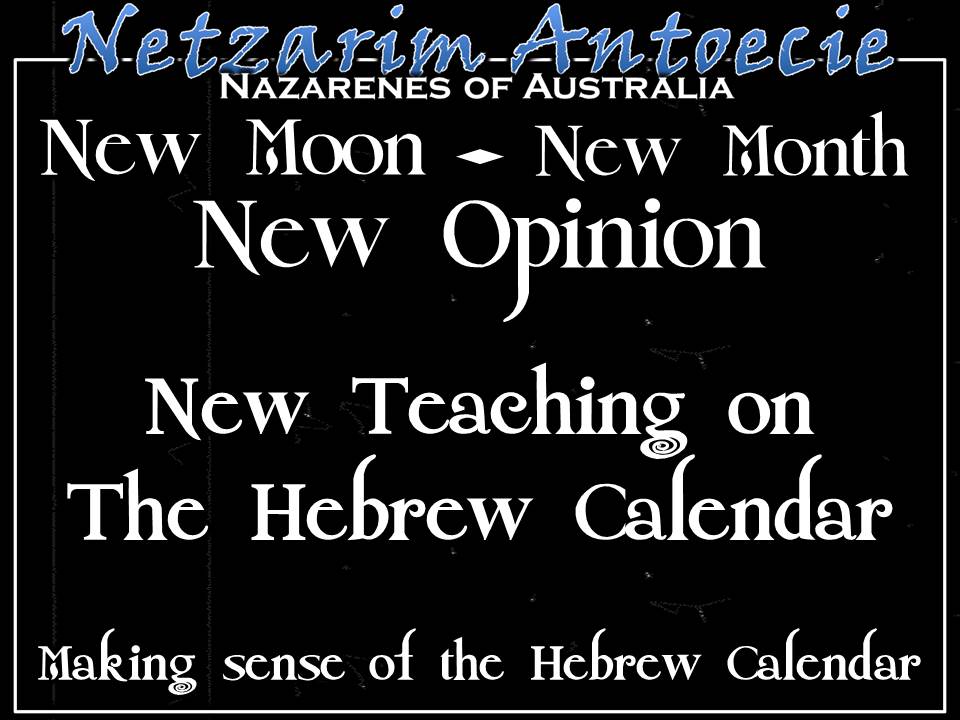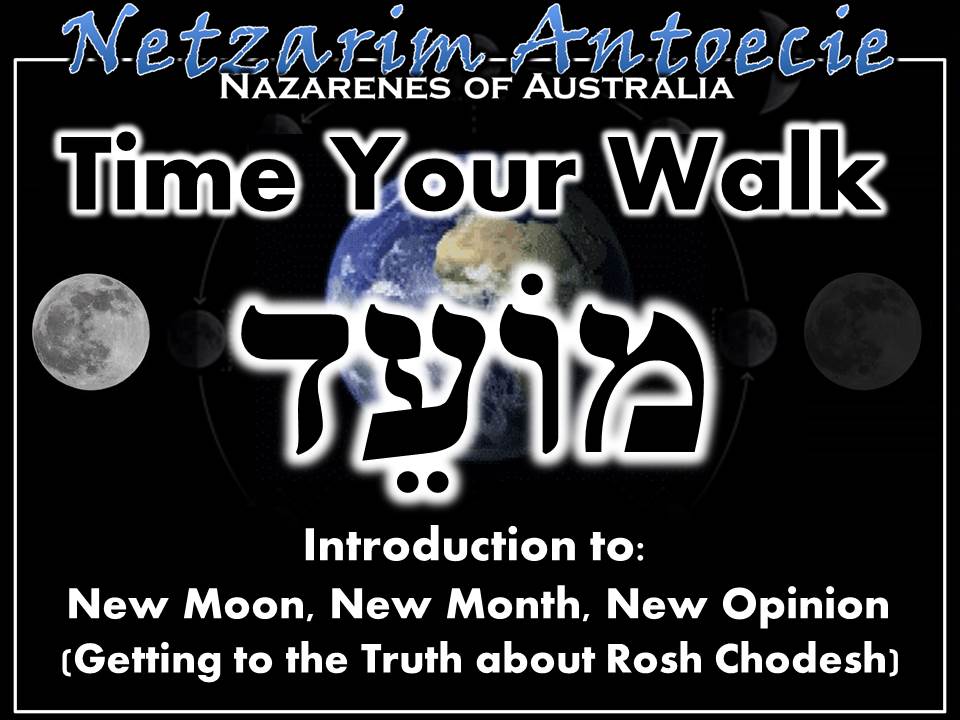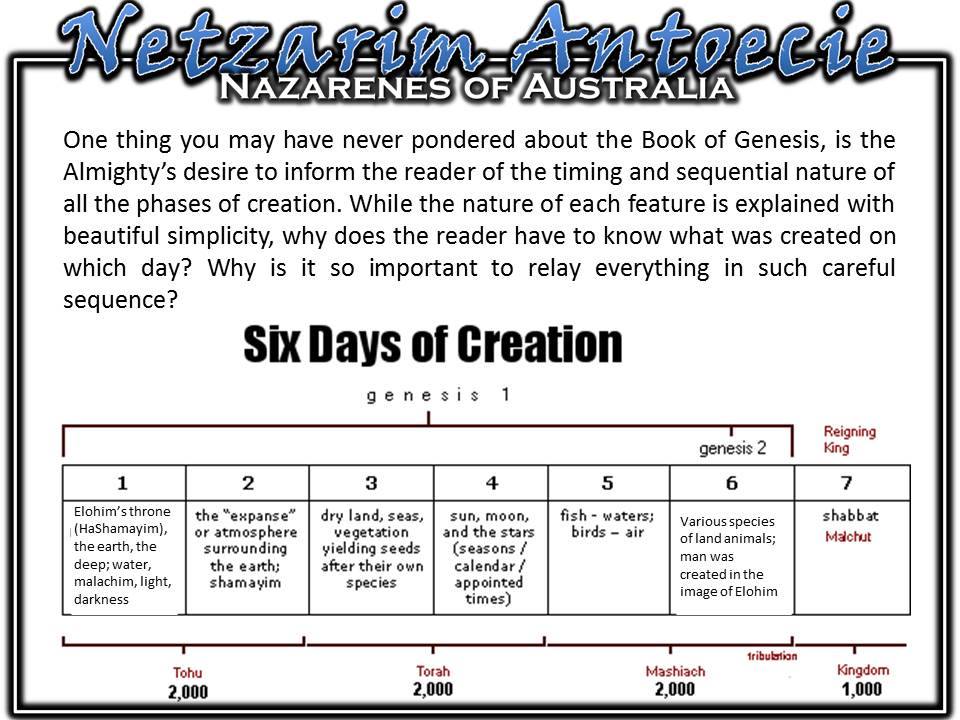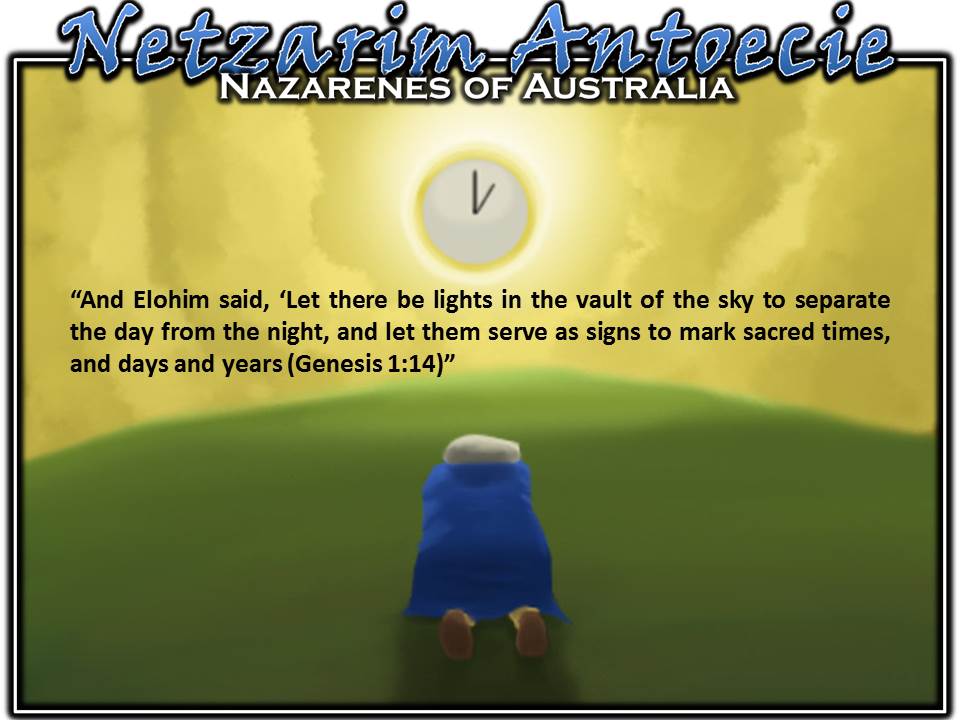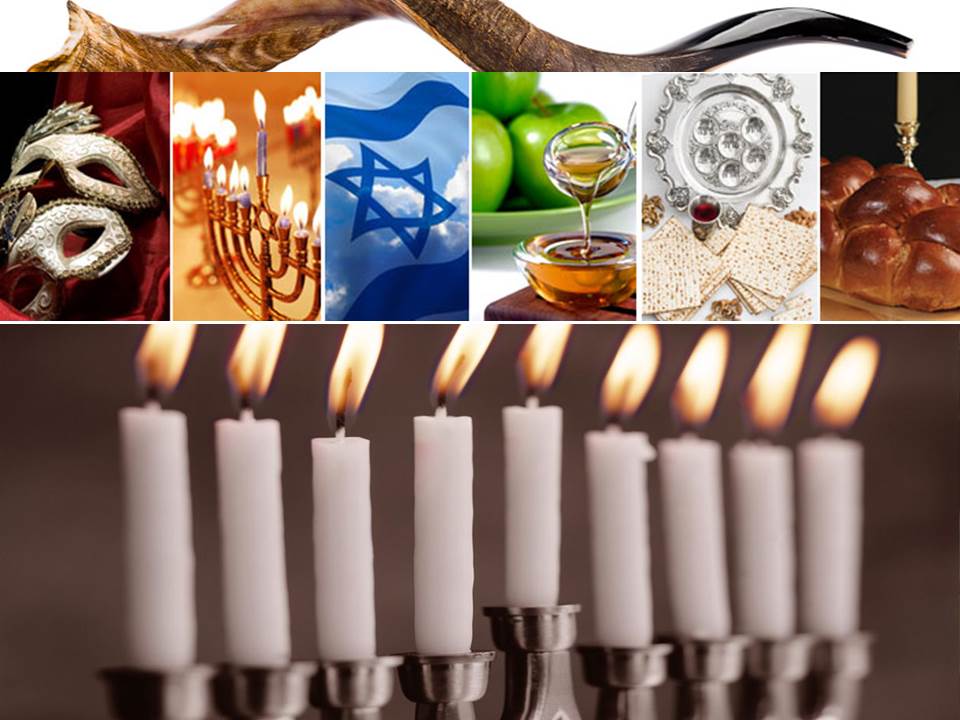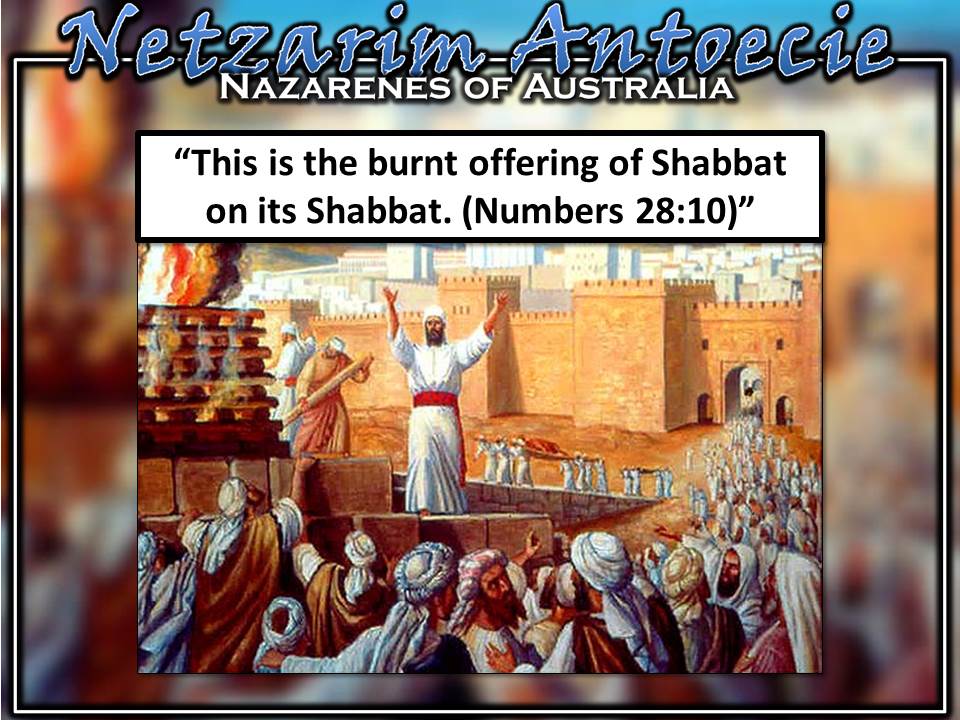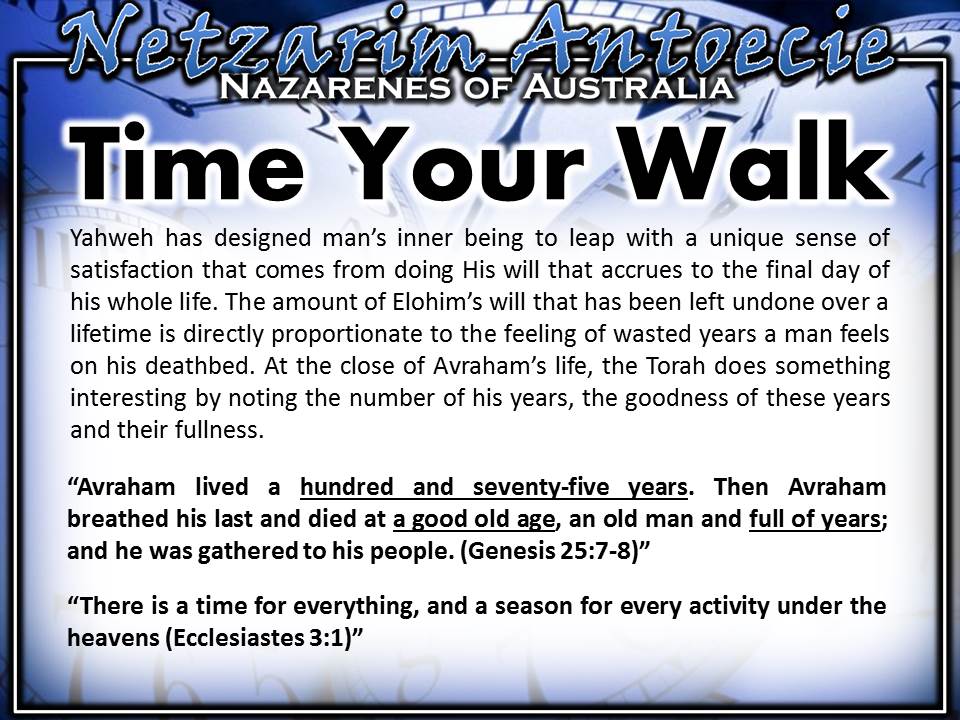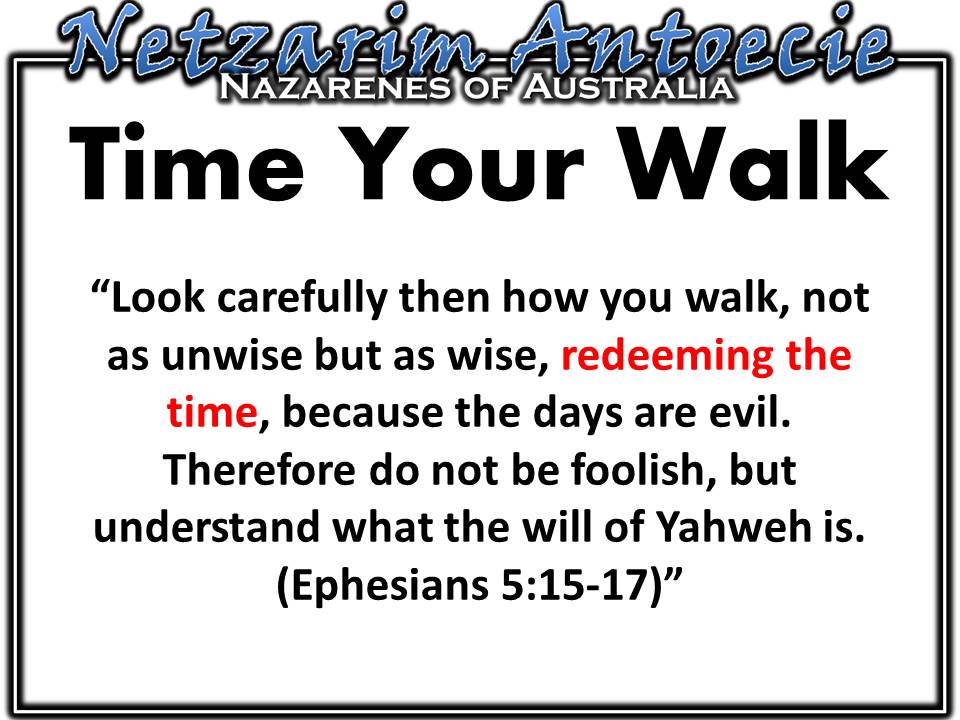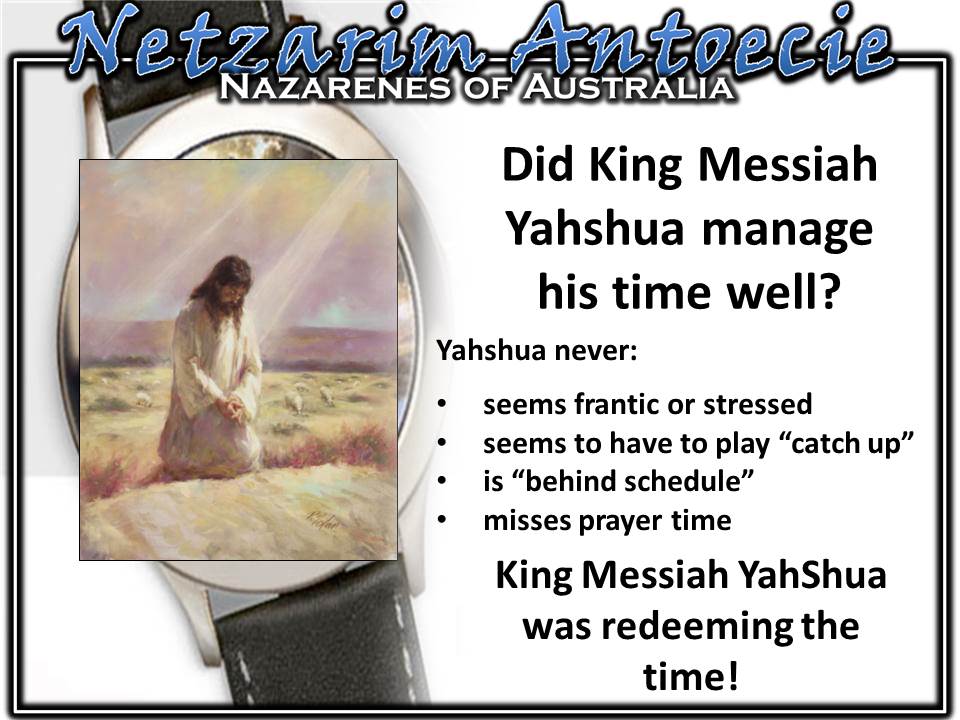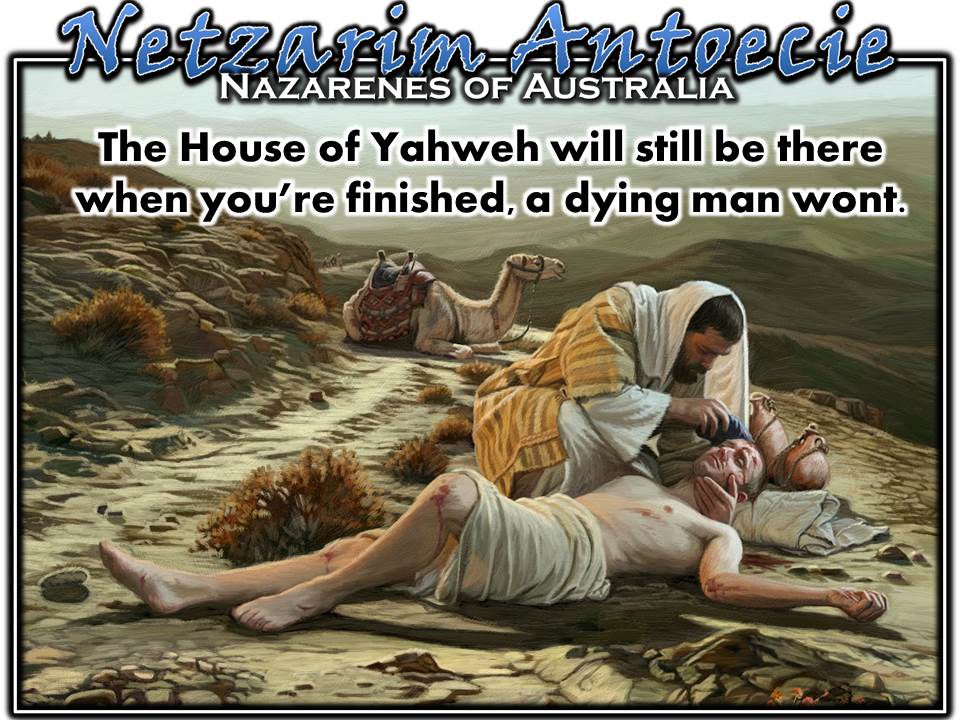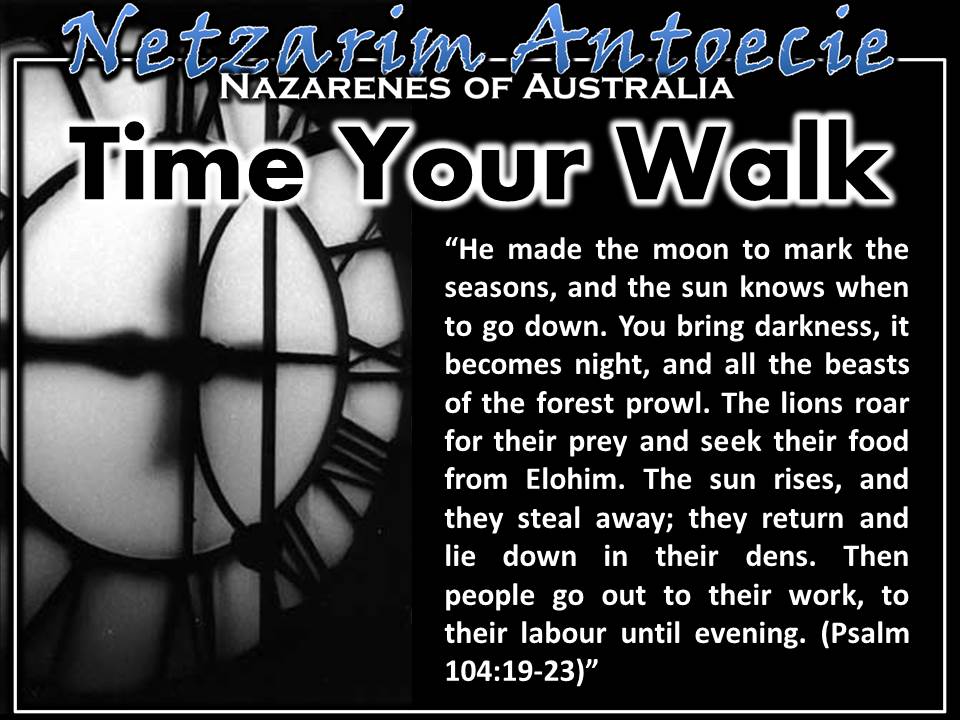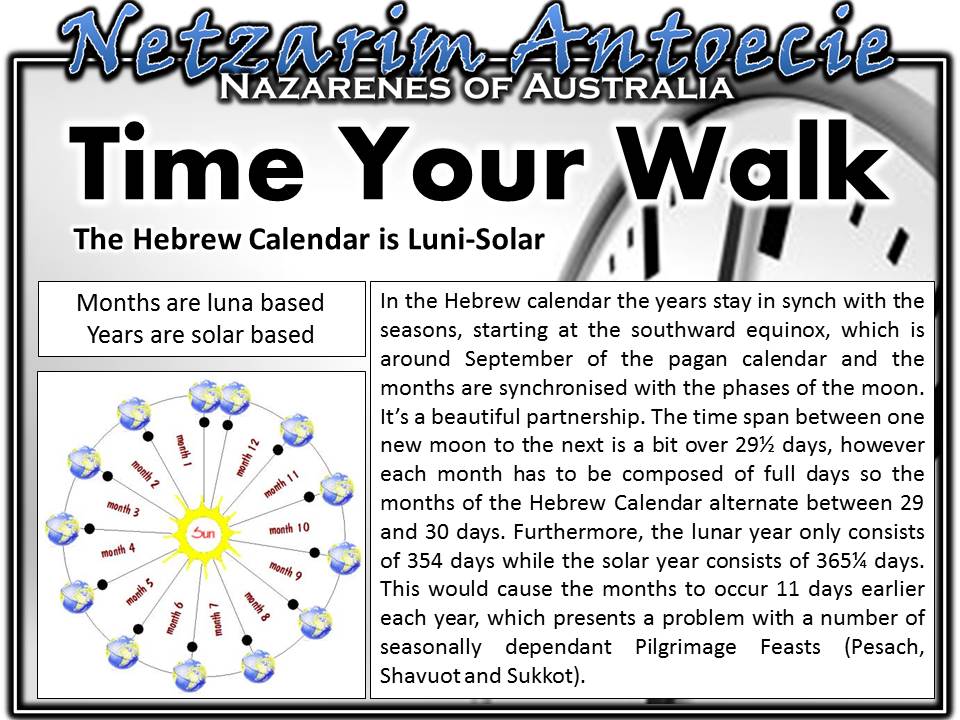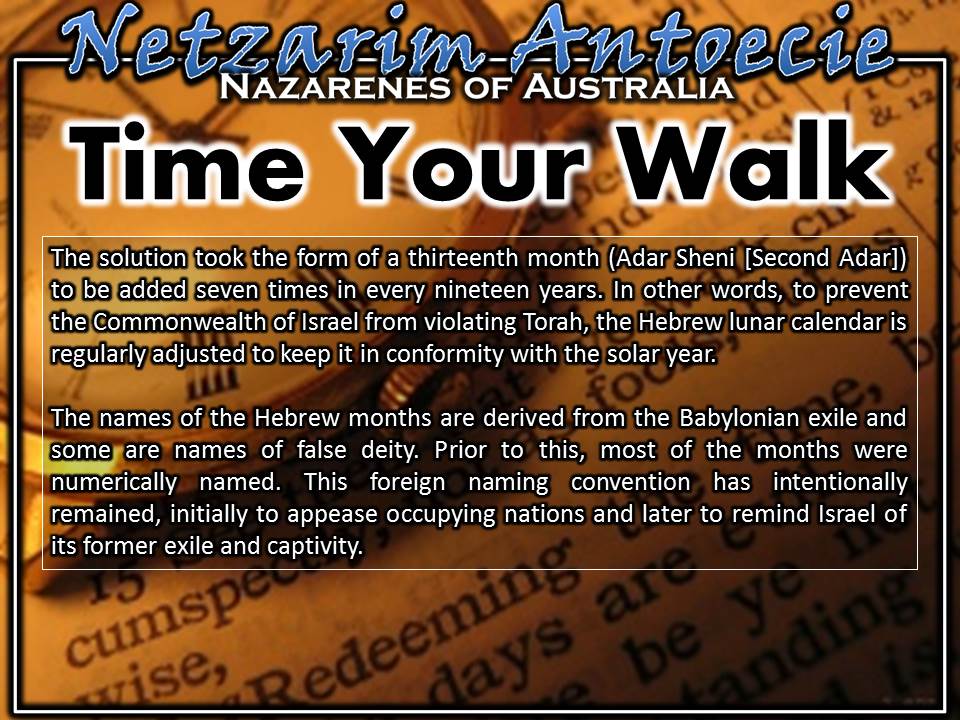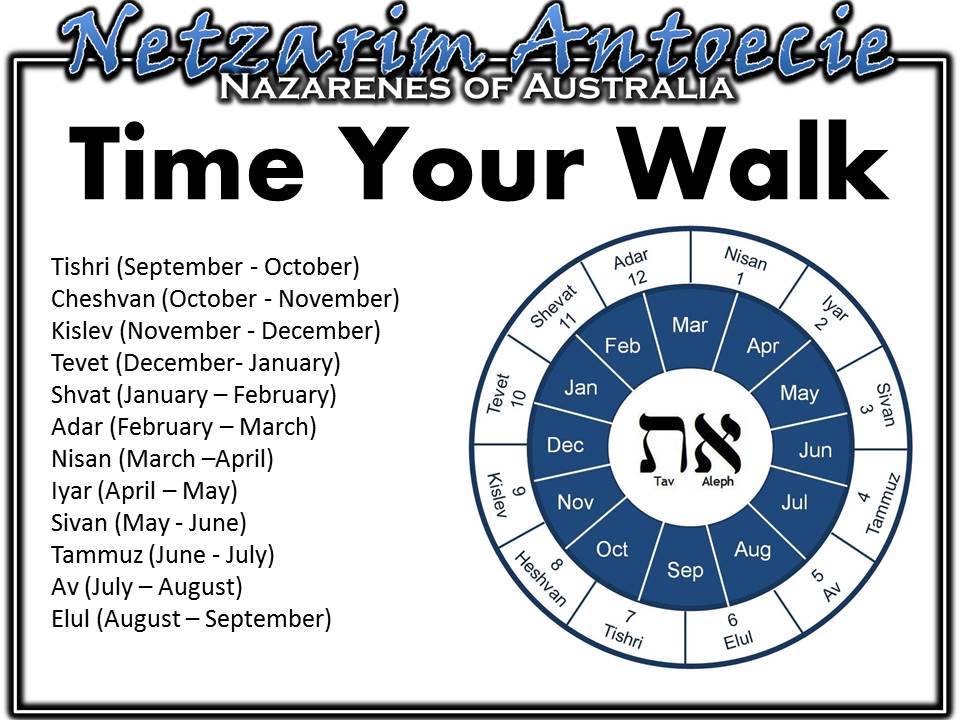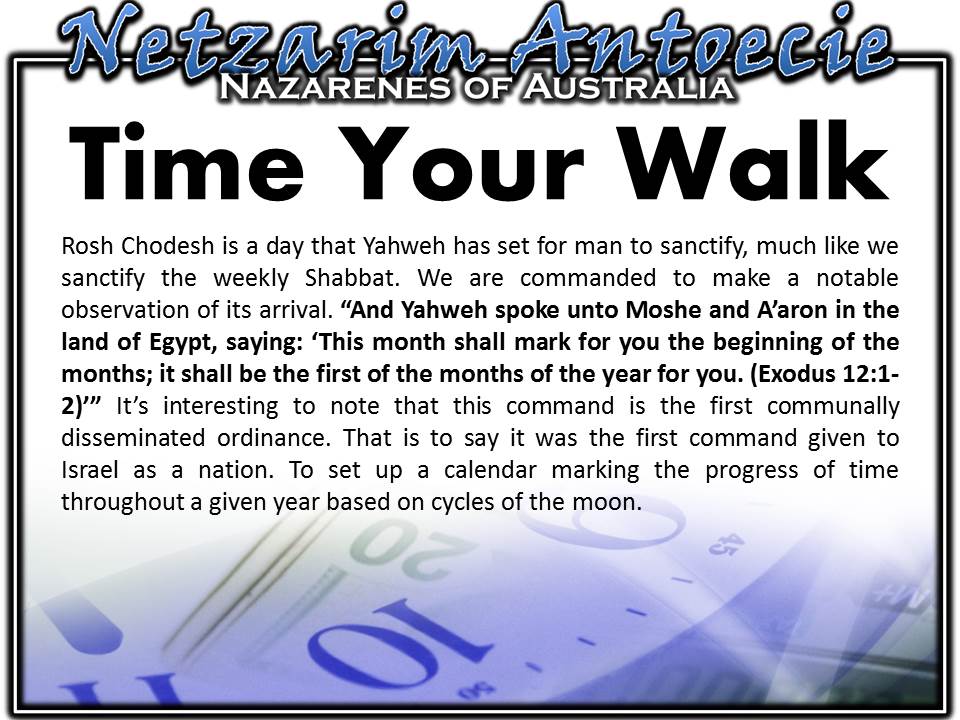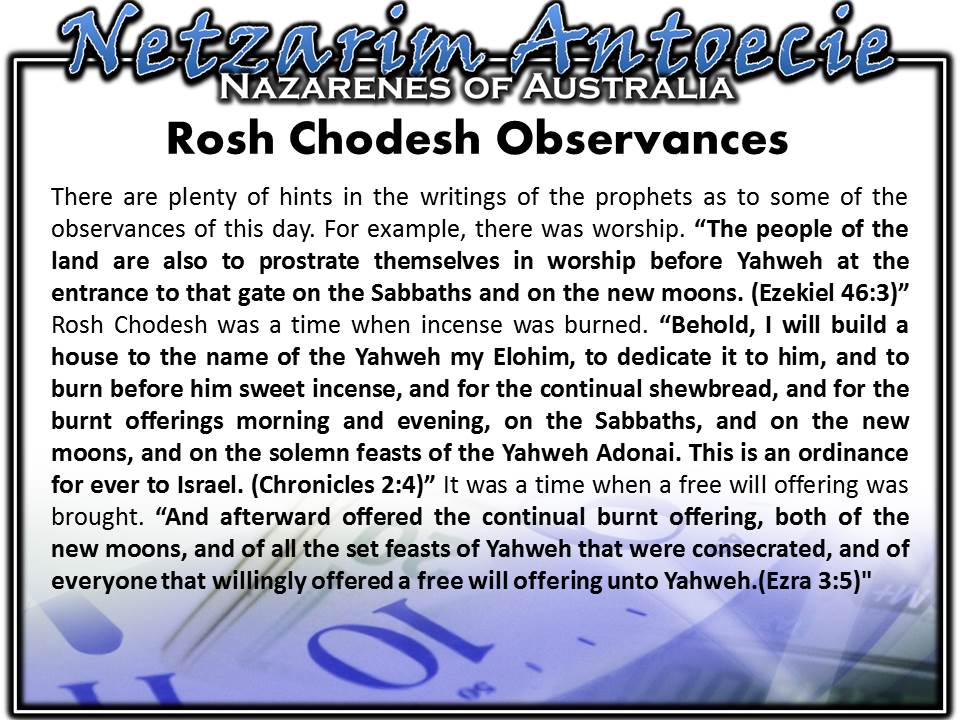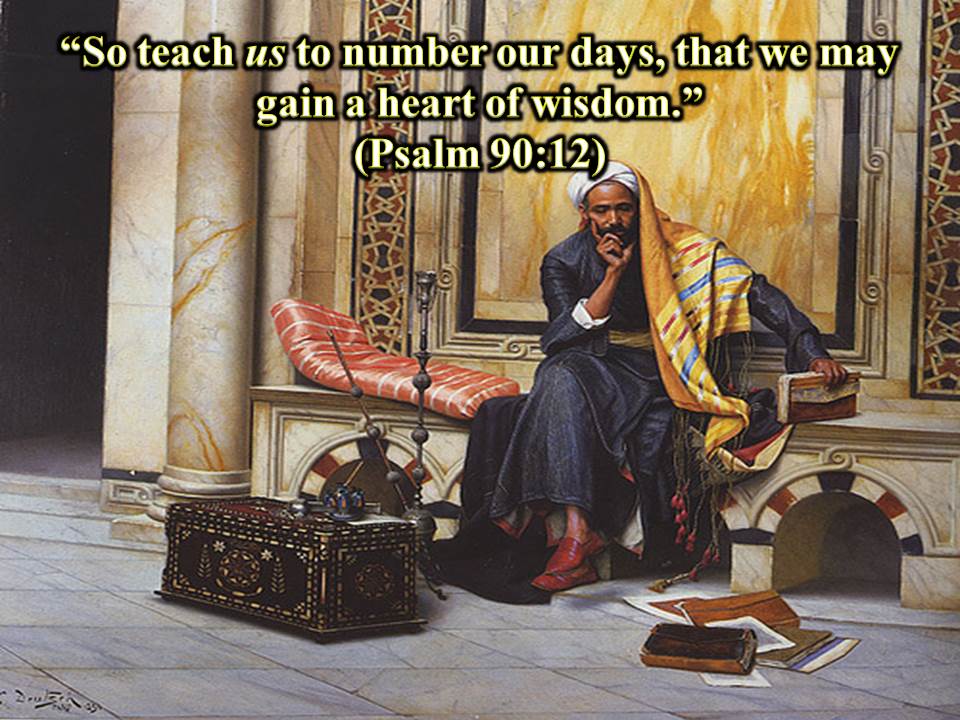The Secrets of the Dreidel
Video Teaching Part 1
Video Teaching Part 2
Study notes and Slides
(Slide 1) One of the customs done on the holiday of Chanukah, in addition to lighting the menorah and eating ladakahs, is spinning the dreidel. A dreidel is a top, made of clay or wood.
The Hebrew word for dreidel is sevivon, which means “to turn around.” Dreidel is a Yiddish word that comes from the German word drehen. Drehen means “to spin.” On the dreidel are four Hebrew letters, which are nun (נ), gimel (ג), hey (ה) and shin (ש).
(Slide 2) The dreidel is a Jewish variant on the teetotum, a gambling toy found in many European cultures. A teetotum (or T-totum) was known across Europe from Roman times. The name originates from Latin Totum meaning 'all' which was marked by a T on one of the four sides, indicated that the winning player could take all the played tokens.
Until recently the best explanation you’d get from me about the custom of playing dreidel on Chanukah was an answer about it being played as a ruse to trick the oppressors of the Jews into thinking they were playing games instead of studying Torah. The problem is that this is only the surface meaning behind the custom.
The Pashot
(Slide) What is the reason that we should play dreidel on Chanukah? On the p’shot level, the plain meaning, we play dreidel games to remember a time when the Jews were forbidden to study Torah in the Holy Land. The Syrian-Greeks had outlawed any form of studying Torah and anyone found doing so was killed mercilessly. In those days, Torah teachers would go into the mountains with students and study the Torah in caves. When the Syrian-Greek soldiers found them, they would hide their Torah scrolls and produce the dreidels in order to trick their occupiers into thinking they were just playing harmless games.
(Slide) The Al Hanisim prayer, a special benediction we recite on Chanukah, says, “L’hashkicham toretecha ul’haviram me’chukei retzonecha,” which roughly translates as “They tried to make us forget Your Torah and transgress Your will.” The Greeks wanted the Jews to forget the Torah and transgress the will of Yahweh.
After the miracle of Chanukah, the one day’s supply of oil lasting eight days, the Hebrew letters were added to the Dreidel. The letters stand for the expression, “Nes gadol hayah sham,” which means “A great miracle happened there.” (In Israel, the letters that appear on dreidels are nun, gimmel, hey, and pey, for “Nes gadol hayah poh,” which means “A great miracle happened here.”)
The Rules
(Slide) The game play consists of turns between players at spins of the dreidel. Each play begins with an equal number of Chanukah gelt, playing chips or pennies. At the beginning of each round, every participant puts one game piece into the center. In addition, every time the centre is empty or has only one game piece left, every player should put one in the centre.
If a player gets a Nun, this means “nisht” or “nothing” in Yiddish. The player does nothing.
Gimmel means “gantz” or “everything” in Yiddish. The player gets everything in the centre.
Hay means “halb” or “half” in Yiddish. The player gets half of the centre pieces (If there is an odd number of pieces in the pot, the player takes half of the total plus one.)
If a player gets a Shin, which means “shtel” or “put in” in Yiddish, he adds a game piece to the centre.
If you find that you have no game pieces left, you are out. When one person has won everything, that round of the game is over!
So this is the p’shot of the dreidel, to remember that there was a time when studying Torah was a capital offense.
The Remez
(Slide) On the level of remez, the hint is this. When Moshiach comes, all of the holidays will be absorbed. What does that mean? They will become minor holidays and Chanukah and Purim will become the major High Holidays. Chanukah and Puram are victory celebrations, while the other High Holidays are not so much about victory but removal from sin and receiving nearness, maintenance and atonement. (Click) Purim and Chanukah are about self-sacrifice and it is for this reason that their significance takes on an even more special quality in the Messianic age. They grab the Almighty’s supreme attention. These Holidays were created by man and sanctified by Yahweh and represent celebratory bond that all the other High Holidays do not possess. The whole idea that these holidays are separate from the Moadim of the Torah, an observation that causes their rejection by some, are their actual strengths and is the reason why they are so important to celebrate.
(Slide) The letters nun (נ), gimel (ג), hey (ה) and shin (ש) can also be read as Goshna, “to Goshen.” Goshen was a type of Promised Land and represents the Messianic era, after a state of exile. So as the dreidel spins and lands on each letter, it represents that spinning sensation of exile that eventually comes to a halt and makes us arrive in stages into the Promised Land, the age of redemption, the Messianic era. The numerical value, the gematria of Goshna is 358. This is the same numerical value as the Hebrew word “Moshiach” (Messiah). We play this game to remind us that there will be a future that will be better than today.
With the addition of the letter pey, instead of a shin that equals 138 is the gematria of Menachem, one of the names of Moshiach, which means “comforter.” This is the greatest name of Moshiach, even over rescuer, because it’s the revelation of being saved that comforts us greatly.
The Drush (Homiletics)
(Slide) The rabbis tell us that the four sides of the dreidel and the four letters are symbolic of the four exiles the Children of Israel. Through the years, the enemy has tried to destroy the righteous seed through assimilation and separation from the Land of Israel and the ways of Yahweh. The first captivity was from Babylon. The end of that 70 year exile brought about the time when the Persians ruled. Haman and his wicked henchmen sought to exterminate the Hebrews. Later the Greeks developed their competitive culture with sporting events and philosophy to sway the Israelites from spirituality. Then finally the Romans adopted all three approaches. But after each exile, comes a point where we are brought closer to Elohim.
(Slide) The four exiles are alluded to in the very beginning of the Torah in the second passage of the Book of Genesis. In English it is usually rendered, “Now the earth was formless and empty, darkness was over the surface of the deep, and the Spirit of Elohim was hovering over the waters. (Genesis 1:2)”
The Babylonians - Formless
The expression “formless and empty (void)” is rendered in Hebrew as “אֶרֶץ erets הָיָה hayah וּהתֹּ tohuw וּהבֹּ bahuw.” The word tohuw means “formless” and bahuw means “empty.”
This is linked to Jeremiah 4:23 where it says “I looked at the earth, and it was formless and empty; and at the heavens, and their light was gone.” This passage speaks of the Babylonian exile, using the rhetoric of Genesis 1. So the Hebrew word for “formless” tohuw represents the Babylon exile.
The Persians – Empty (Void)
(Slide) The word “void” (empty) also used in Jeremiah 4 is alluded to in the book of Esther where it says in Esther 6:14 that “they rushed Haman to come” in that the word for rushed is להַבְּ bahal which represents alarm and has the same root as the Hebrew word for void or empty. So bahuw represents the Persian exile.
The Greeks - Darkness
(Slide) Then, where it says “the world was dark,” represents the Greeks, who wanted the Jews to deny their Creator. The Hebrew word for darkness is ךְשֶׁחֹ choshek. As it says in Midrash Rabbah – Bereishit 2:4, “And darkness symbolizes Greece, which darkened the eyes of Israel with its decrees, ordering Israel to, 'write on the horn of an ox that they have no portion in the portion of Israel.’”
(Slide) According to Sfat Emet Chanukah 5636, “The Greeks rejected the idea of Creation, thus the idea of Shabbat was an absurdity to their way of thinking. Similarly, the idea of a "new month" was absurd: For Jews, the new month indicates renewal and a testimony to Creation. The Greeks clearly rejected this notion. Moreover, the Torah teaches us this process of renewal and the testimony it bears are within the domain of the Jew: The new moon occurs only when declared by the Rabbinic court, indicating that the so-called forces of nature are placed under our control. This tenet of Jewish philosophy is encapsulated in the midrash in which the angels ask Elohim when the new moon is and Elohim responds, "Ask the Jews." Elohim, as it were, is seen to have abdicated the right to declare the new moon, which is a physical reality, and given it over to the courts, making it a religious act. This idea must have been particularly offensive to the Greeks, for whom natural phenomena were sacrosanct, not influenced or dictated by man, and certainly not by the Jews.”
By outlawing the sanctification of the New Moon it caused Israel to descend into darkness, hence ךְשֶׁחֹ choshek.
The Romans – An Abyss
(Slide) Then there is the expression “over the face of the abyss.” This represents the Roman exile, which was the worst, because it appeared to have no end like an abyss. The Hebrew word for abyss is םוֹהתְּ tĕhowm, which comes from a Hebrew root that means “to distract” and “discomfit.”
(Slide) But the verse concludes with the Ruach of Elohim hovering over each of these exiles.
So the verse reads, “Now the earth was formless and empty, darkness was over the surface of the deep, and the Spirit of Elohim was hovering over the waters. (Genesis 1:2)” But it can be rendered “Now the earth was subject to a formless exile, an empty exile, a dark exile and a deep exile, but Elohim hovered over them all.” Now as one continues to read on, he sees that Yahweh creates a good land, inhabiting it with all good things and populates it with His people. This light is the light of Moshiach, which vanquishes the exiles. This is the blueprint of all creation, right there in the second verse of the Torah. So this is the drush of the dreidel.
The Sod
(Slide) What is the Sod? The esoteric level. Again we look at the four letters. These letters represent the four forms of exile.
The nun represents the nefesh, the soul. The Babylonians destroyed the Holy Temple, which represented the connection point to the soul of Yahweh’s people.
The gimel represents guf, the body. Then Persia tried to destroy the body, whether they kept Torah or not, they wanted to kill the bodies of the Jews.
The shin is שָׂכַל sakhel (consideration) which is the intellect. The sakhel represents the Greeks, who tried to kill the Jews through intellect, through vain philosophy.
The hey stands for הקהל hakhel, everything (the entire assembly). The hakhel, the entire ensemble of exiles are encapsulated in the Roman exile. They tried all the former forms of exile on the Jews.
Conclusion
Each face of the dreidel symbolises the four basic modes of being. We all have our Gimmel days, when we feel that everything is going great, and we all have our Hei days, when things are going quite well. Then we have our Nun days when we feel like we’re not getting anywhere, and our Shin days when we feel we lose a little bit of who we are. Each of these letters represents only one face of the Dreidel -- only a single angle or perspective of the whole.
(Slide) The Maccabees did not dwell on the absolute dire consequences of their situation. They focused on the Gimmel that was on the other face of the Shin. We must remember that whenever we seem to be getting a lemon in life, it's all part of one Dreidel. And that Dreidel is telling us that miracles happen. We can transform the dark situations of life into the bright light of the Chanukah Menorah. This depends upon our faith in Elohim’s plan, and our commitment to create a vehicle for such a miracle to happen.
Though the beautiful land of Goshen was set within what would eventually be a hellhole for Israel, Ya’akov looked at all of the letters of the Dreidel, and realised that hidden in the exile are the seeds of redemption. Israel prospered, built on houses of Torah study, which taught them that no exile can hold sway over them while they help fast to Yahweh’s decrees.
This is the secret meaning of the dreidel. The letters represent the four major exiles, which after their endurance, bring us closer to the Messianic age and at the end of the Messianic age, the Olam Haba (The World-to-Come). The objective of exile is that the more we go down, the more we will eventually go up.
Through my own actions, I’ve put myself in one of the lowest places that I can ever remember being, but in that very low place, the lowest part of the womb, the birth canal, the most constrictive place, where the potential death of the mother and baby reaches its highest probability, there comes the birth, the elevation, the release. There comes true life.
(Slide) The miracle of Chanukah is the irony of a children’s game used to mask the true purpose of life, but in actually containing the true purpose of life concealed within its very make-up. At the time, the students may have thought that the game was a distraction from their true purpose in life, but Elohim conceals His countenance within the mundane and only through commitment to understand Yahweh within the ordinary facets of life do we make the deepest connection.
A dreidel can’t spin forever ladies and gentleman. Eventually it stops. Just keep playing and your reward will come.
Will this be the last Chanukah we have in the exile? Only Yahweh knows.
This is my message. Happy Chanukah everyone.




















